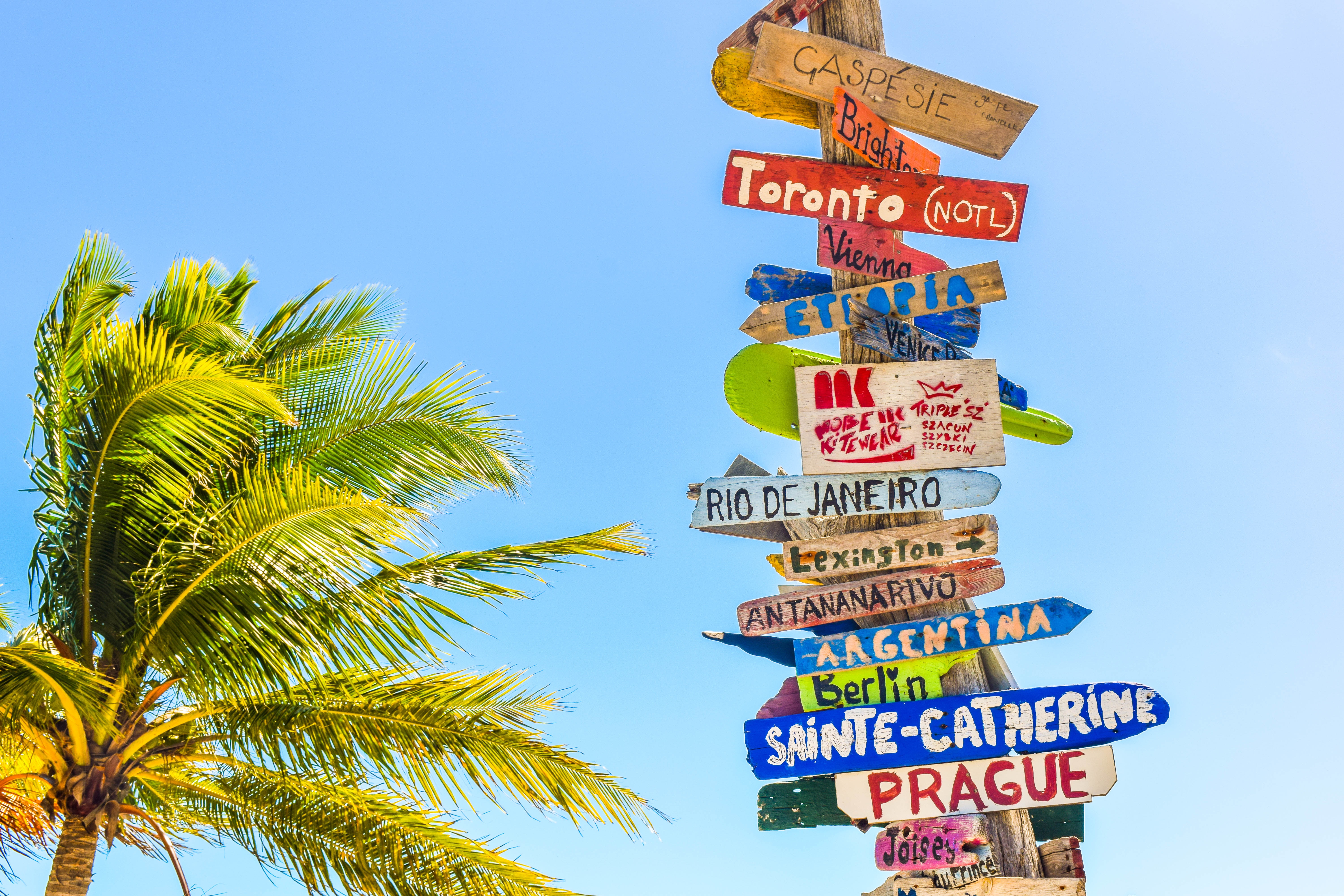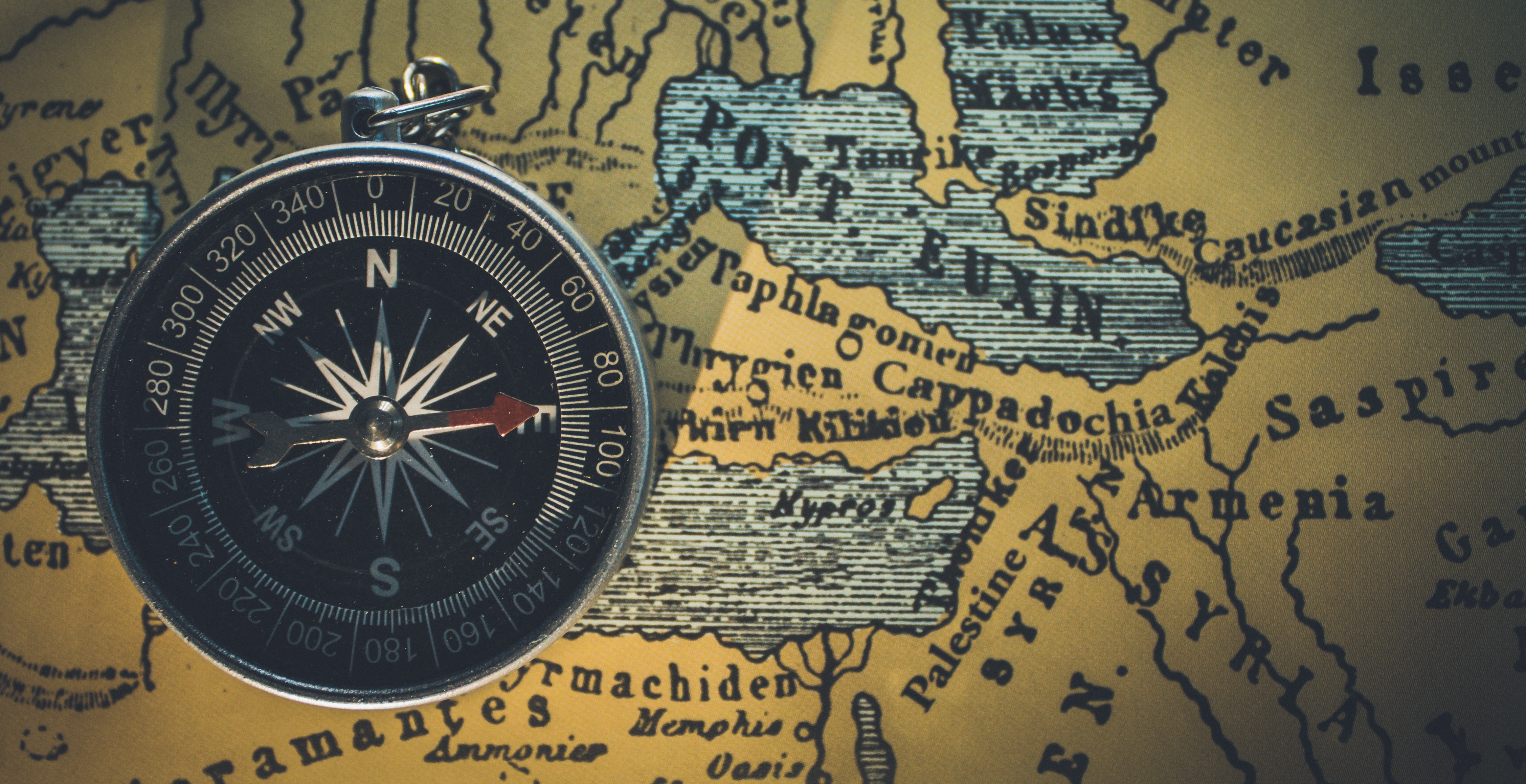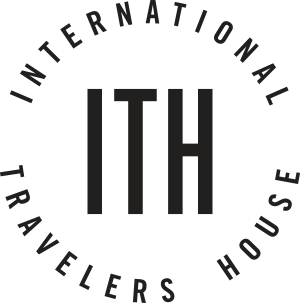Picture this: The world is finally hitting the pause button. In an era dominated by speed and instant gratification, the concept of “slow travel” has emerged for those seeking a deeper connection with the places they visit. No more jet-setting across the globe in a blur, but rather a leisurely exploration of the world, savoring every moment, every flavor, and every culture along the way. Slow travel in 2024 is not just a trend; it’s a movement and a way of life.
With most jobs taking up 8 hours of your day and having very short amounts of vacation time, different options were bound to be explored for the people with the wanderlust bug. Keep scrolling to learn how you can be a successful slow traveler, even with a full time job.
What is SLOW TRAVEL?
Slow travel incorporates the idea of traveling as a lifestyle. If you are working remotely, it is almost impossible to work and explore a new destination as a regular tourist on vacation. Odds are when you are on vacation, you have unlimited time to explore as you wish, but when you work and travel you need more time to be in a specific destination to make the most out of your time there since you will be living and working in this city after all.
Slow travel usually incorporates staying somewhere for 1-3 months, with the sweet spot being 2 months for most digital nomads. However, some nomads travel even slower, staying at locations sometimes for up to 6 months to a year!
In short, slow travel is when you stay at a location for longer periods of time than a standard vacation. It is for those who want to truly live in a new place to get a more comprehensive experience as to what the place is all about.
This travel option is for the person who needs more than a week off of work. It is a lifestyle movement that includes living in destinations where others go for a vacation and making it your day-to-day life. By working remotely or for short-term periods in each location, it is possible to live, work, and travel in some of the most beautiful and exciting places on earth.

Why Should I Slow Travel on a Budget?
SAVE MONEY! Spending time living somewhere like a local vs a tourist means you eat like a local, which can greatly reduce your travel food budget vs if you were eating out every day. It takes time to find the local gems and to be able to spend time sifting through the many options available in any city. With extra time to explore, this means you can find those places for takeout food, but also the small, local markets with fresh food. Especially while staying in hostels, having access and knowing where to find fresh food is key. Most hostels come equipped with kitchens, which means you can keep your budget down by making most of your meals fresh instead of buying them prepared.
The Vibe
As a slow traveler, you also get a real feel for the place you are visiting. For example, it’s normal for everything to seem amazing when it is new to you, but after being somewhere for a while you grow used to the environment and get a real vibe for the location vs looking at it from your excited newbie perspective. There are countless nooks and crannies in any given city, and some towns offer more hidden gems than others. It takes digging around, getting a hot tip, and spending time immersing yourself somewhere to find those places. By traveling slowly, you can find the places where locals hang out and enhance your time there.
How To Slow Travel on a Budget
Start looking into inexpensive housing options such as co-living.
Booking long-term stays will allow your budget to not be spent on where you live as much as on what you are doing in the city. By deciding to travel slowly, you choose to explore a new place, not to have an apartment. Having an apartment comes with its luxuries, but it also entails a different level of commitment. By traveling slowly and taking a bed in a shared room, you gain more independence from your place of living and can begin to live more freely. This option also allows you to experience different cultures, since you’ll be spending more time with people from all over the world instead of cooped up in an apartment alone.

Find out About Volunteering Options
This can cover a lot of expenses and decrease the amount you need in your budget to go. If you volunteer with a company, you get experience and free amenities that would have cut into your adventure budget. ITH offers carious volunteer positions on World Packers for all of the hostel locations in California and Mexico.
Figure out your number
How much do you really need to live in this location? Knowing this will set you at ease on your travels and allow you to enjoy the experience. Keep in mind you will most likely learn some tricks when you get there from locals that regular tourists might not since you will have the time. Maintaining realistic expectations with your budget is one of the keys to traveling successfully. This is one helpful tool for balancing your budget.
But it does take time to get used to a new place. Plan for that so you don’t stress yourself out and ruin your experience.
Get a Job
Part-time jobs are pretty easy to find, there is always someone hiring. The only time you need to make sure you can find work beforehand is when you are going to a place where you cannot speak the language. There are plenty of resources available online for job hunting, from part-time work to full-time.
See if there are some remote options or jobs that will allow you to get something in exchange that is not money. Getting free meals, for example, is a great way to minimize costs.

And that’s it, get going! Just knowing that this is an option and you do not have to wait until you have tons of savings to travel is a great option for those that are sick of living in one place. You can travel months at a time and make money as you do it. This is not a new way to live, but it is seeing a revival.
Slow Travel Ideas for 2024 (Best Places for Slow Travel)
If your goal is slow travel it makes sense to visit countries that allow you to be there the longest on a tourist visa, or to destination where you can enter with no visa at all.
See the full list of countries with the longest visitor visas.
Most (not all) countries without a visa requirement give visitors 1-3 months, which is an ideal amount of time to slow travel in a new place without going through the hassle of getting a visa.
Slow Travel on a Budget in the USA
If you’re considering a travel lifestyle, it wouldn’t hurt to start your journey in the US, it is a great country for road trips #vanlife; and with services like Amtrak, Greyhound, and Flixbus, ground transportation in America is easier than ever. Here are some of the most popular American road trips.
How To Make Slow Travel Cheaper
Visit Cheaper Countries
When you travel to South America or Southeast Asia for example, the costs of local living will be greatly reduced. Ideally, you want to be living somewhere where the cost of local life is cheap and you can earn more than what the locals earn in that country. Another option is Eastern Europe and the Balkan region which see significantly lower costs of living then Western Europe.
Stay at Hostels
99% of the time, hostels are going to be your cheapest form of accommodation. But just because the cost is lower, doesn’t mean hospitality diminishes. The value of a hostel is based on community. You’ll find the guests, volunteers, and workers at hostels are some of the most welcoming people and can even become a part of your journey! Odds are, you’ll make friends in different places and only further expand your network for future travels.
Use Couchsurfing
Couchsurfing is not for everyone, but for those down to stay with a complete stranger who is generously offering to host you and willing to have a cultural exchange experience, Couchsurfing will help you save SO much on accommodation, especially on those destinations that are a little bit more expensive than the rest. Right now a Couchsurfing membership is around $14 USD/year.
Exchange Skills for What You Want
Ok, we are stepping into influencer territory here but if you have a knack for photography, writing, or a really engaged niche audience on social media (even if it’s small) trade these services and build your portfolio while you travel! Maybe a local restaurant nearby has amazing food and service but low-quality pictures online, or a poorly functioning website. Offer to take some pictures in exchange for a meal, or offer to rebuild their website in exchange for a week of meals.
You can’t be shy when you’re traveling as this can help you cut down on travel costs, network, and open the door to new opportunities.
Slow Travel vs Fast Travel
Fast travel consists of weekend trips or visiting one location for a couple of weeks, at most. Slow travel allows you to make more meaningful connections, because of the longer length trip you get to spend more time with people, including locals and other fellow travelers. Fast travel can also lead to burnout as you’re constantly on the road without a break to catch your breath. Fast travel in this case would be exhausting to combine into a remote work travel lifestyle, routines would constantly get interrupted by new destinations and constant changes of scenery.
Fast travel is ideal when you want to get away, and I mean truly get away and not turn your trip into a work trip, for a couple of nights and your goal is to see as much as possible as if there was no tomorrow. On the other hand, if you plan to explore while working and the thought of travel excites you yet you realize creating a sustainable travel lifestyle requires some stability and routine, then slow travel is for you!
ITH wants to be part of your journey!
Get slow traveling by looking into our Traveler’s Club, and save on your next bookings at any of our ITH locations. It’s free to join!




